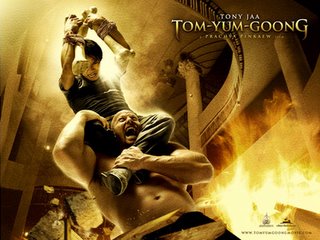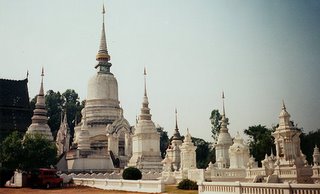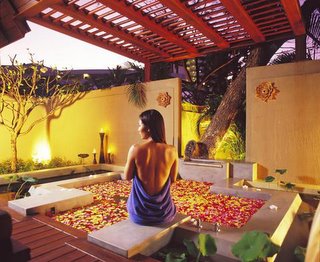Qatar Ambassador is fascinated with Thailand
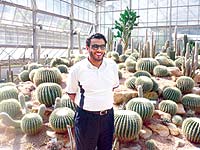
The exotic Thai culture, hospitality and friendly nature of the people have made a big impression on Abdalla Al-Hamar, the Qatari ambassador to
"I have travelled extensively for both business and leisure, and I can honestly say that I have never come across such delightful people. People around the world are stressed living in a cut throat and fiercely competitive society. Thais don't let stress get the better off them," he said.
Before taking up his post here a year ago, ambassador Al-Hamar first came here in 1999 as part of a Qatari delegation visiting
Mr Al-Hamar says Thais have a remarkable way of helping foreigners blend into their society. Arabs love
Approximately 10,000 Qataris visit
The ambassador revealed that Thai architects were part of the team that built the Athletes' Village for the Asian Games later this year in
As a matter of fact, the torch for the quadrennial event is scheduled to pass through
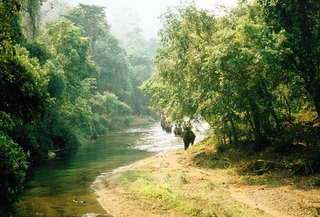
How would you describe yourself as a traveller?
I am an active and curious person by nature, so when I'm on vacation I like to explore my new surroundings. And by that I mean everything. I am never truly relaxed because I find every living thing around me interesting. My mind keeps wandering as I travel about how people live in different habitats.
What do you usually do to get a better feel of a country you are visiting first time?
My normal practice is to sit in a coffee shop, enjoy the local brew or tea and watch people go about their daily chores. Chatting and exchanging ideas with locals is another way to learn about their culture and traditions.
How popular is
Arab people tend to travel with their family. I have found that during high season there's not enough accommodation in
What type of tourism-related projects you have in mind to promote
Shortly, our embassy will organise a 'Qatar Week' to showcase the nation's culture and traditions and highlight it as a tourist destination using cutting-edge multimedia technology.
We will participate in the Royal Flora Ratchaphruek 2006, an international horticultural exposition to be held in honour of His Majesty in Chiang Mai later this year. I believe that these events will not only improve relations between
Meanwhile, the Tourism Authority of Thailand has been proactive in attracting Qatari travellers. Last year, it organised a series of roadshows in
I would like to invite Thai people to come to

What three attractions would you recommend Thais to visit in
Al Corniche is the heart of
Souq Waqif is another must see attraction in
Going on a desert safari is just as interesting as surfing and our beaches are breathtaking. Just imagine swimming or camping by the desert. It's a truly rare experience. Tour operators are selling packages which include a night spent in a traditional Arab tent sampling local cuisine and enjoying traditional Arab music and performances.
What have you to say about the cartoons of the Prophet that appeared in a Danish publication, the fallout and the issue of freedom of speech?
People should not cross the line when it comes to issues that a certain group of people hold in high esteem. I would however like people to protest peacefully and rectify the issue through dialogue.
